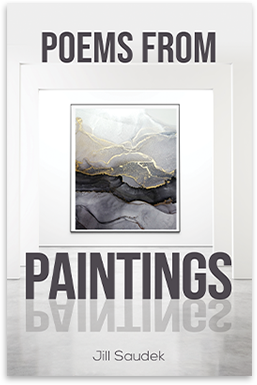
How to match the poetic form to the painting
One of the intriguing challenges was to find a poetic form that would complement the painting. For example, Turner’s Snowstorm at Sea needed, I thought, a rising and falling structure to match the ship's lurching, as experienced by the artist who asked, we are told, to be lashed to the mast in order to feel the full force of the storm:“He pursued his visionary quest
To lay bare himself that he might feel
The numbing swirl
Of frozen snowfall on his skin,
The dip and buck of the sea, the raging whirl.”
Picasso’s Weeping Woman seemed to require a fragmented poetic form:
“The painting strikes us with a blow
That catches our breath, disrupts all equanimity,
Searing our seeing.”
Only rhyming couplets would match the mocking spirit of Hogarth's Marriage A La Mode:
“I haven’t slept one single wink
It was a night of jollity –
My old friends would never think
I’d queen it over the quality!”
or Raeburn’s comic presentation of The Reverent Robert Walker’s skating prowess:
“Behold the Reverend Robert Walker –
A most distinguished Scottish preacher,
Well-known as a learn-ed teacher,
Renowned, above all, as a skater!”
I have never been quite comfortable with free verse. Although I admire many poets who eschew tight rhyming and metrical patterns (for example, Ruth Padel’s excellent series on the life of Beethoven), I find I need them as scaffolding to my thoughts. Looking back, I can see how they became so precious to me. My mother loved Tennyson above all poets, while my father delighted in W.S.Gilbert’s ingenious rhymes.
I think my love of music (I come from a musical family and still sing in a local chamber choir) is also central to my poetry. “Poetry is word music”, I would often tell my students, as we discussed the various ways by which language can be made to sing memorably in the mind’s ear. I have always enjoyed reading aloud and finding the sweet place before expressiveness becomes self-indulgence, at the expense of the poetry.
I do, though, venture beyond the precision of established forms such as the sonnet, allowing myself the leeway to position the rhyming line in unexpected places, deferring the satisfying and subliminally expected chime, just as music often defers the anticipated resolution.
Coming next: Time and movement in paintings and poems
Post Views : 573